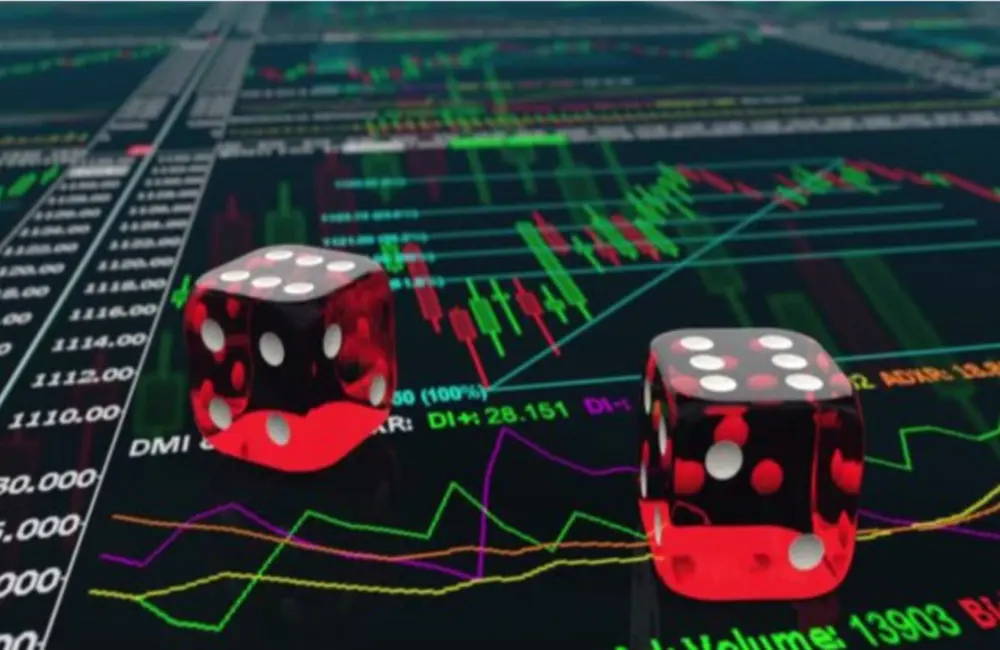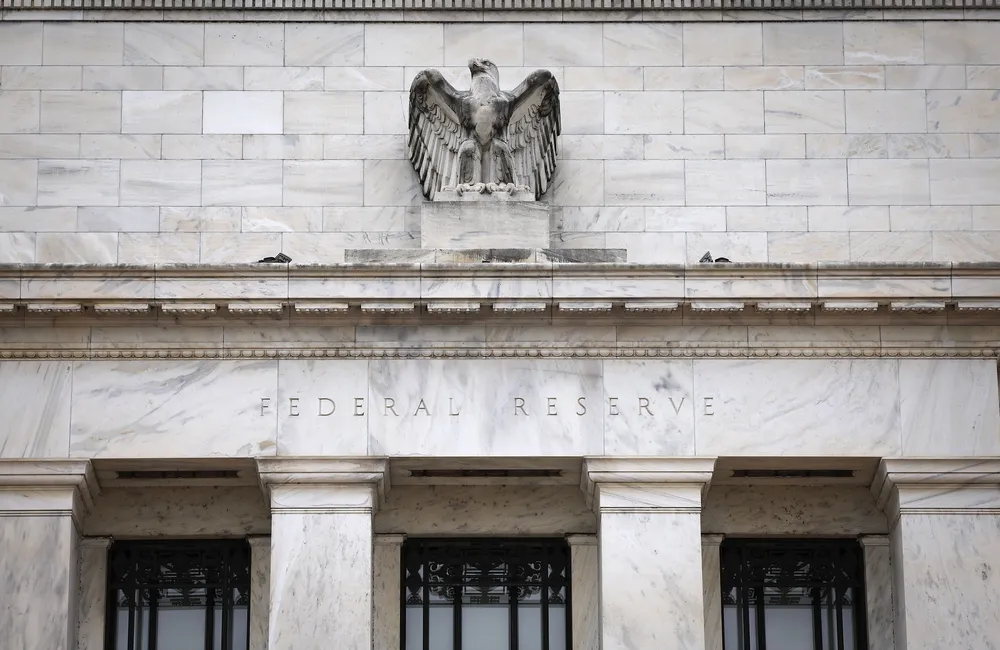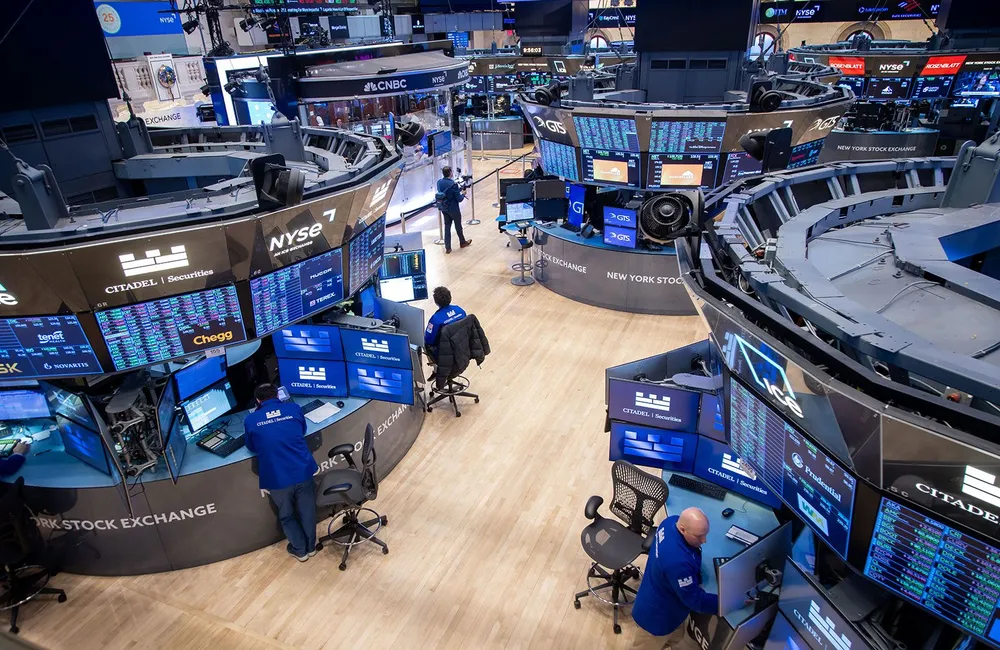The ASX futures were up 28 points or 0.4 per cent to 7330 at 7.30 am AEST, signalling a fresh start to trading.
The winter selloff in the U.S. stock market deepened last week, and all three major indexes are now more deeply in the red for 2022.
Sluggish earnings from several large US banks as well as lacklustre retail sales and manufacturing figures dragged much of the market lower again on Friday before a late-session flurry of buying lifted the S&P 500 and Nasdaq into positive territory. The S&P 500 rose just 3.82 points, less than 0.1%, and the Nasdaq climbed 0.6%. The Dow fell 0.6%.
The S&P and Dow Jones Industrial Average dropped for a second straight week, and the Nasdaq Composite has been down the past three. Investors pressed with bond sales, sending the yield on the benchmark 10-year US Treasury note up for a fourth consecutive week and marking its largest gain over that span since mid-March.
At home, the S&P/ASX 200 shed 1.1% to 7393.9, with broad-based losses dragging the benchmark down for the week. The ASX 200 continued its choppy opening to 2022, with only 1 of the 11 sectors finishing higher.
As in the U.S., tech stocks lost ground under pressure from government-bond yields. Afterpay fell 9.2% to its lowest close since early August 2020. The stock is set to be suspended from trade on 19 Jan as it nears its acquisition by Block, the buy-now-pay-later provider.
The resource-heavy financial sector ended 1.0% lower, with Pendal down 16% after saying its funds under management dropped in the December quarter. The ASX 200 fell 0.8 per cent during the week.
Despite some speculation mortgage interest would increase sharply in 2022, housing demand is strong relative to ABS data published Friday. Approvals for new mortgage loans also jumped 6.3% on month in November, much better than forecasts for a 0.4% gain.
Capital Economics on Friday forecast that the Reserve Bank would wind up its asset buying operation, called quantitative easing (QE), in February and raise rates next in 2023.
Abroad, the pan-continental Stoxx Europe 600 dropped 1 percent. South Korea’s central bank increased interest rates to pre-pandemic levels to combat inflation, and indicated that further increases may be needed this year. The benchmark Kospi index in the country fell 1.4%. Other big Asian stock indexes also ended lower. The Shanghai Composite in China lost 1%, and Japan’s Nikkei 225 fell 1.3%.
In commodities, gold futures dipped 0.3% to $US 1816.47 a barrel; Brent crude rose 1.9% to $US86.06 a barrel; Iron ore sank 0.9% to US$126.75 a tonne.
In bond markets, the yield on the 10-year Australian bond inched down to 1.85%, while the 10-year U.S. Treasury yield leapfrogged to 1.78% on fresh selling. Prices fall as yields rise.
The Australian dollar was fetching 72.06 US cents at 8.00am AEST, compared with the previous close of 72.79. The WSJ Dollar Index, which measures the US dollar against 16 other currencies, climbed to 89.19.
Asia
Chinese shares ended the day with mixed results, even as data showed that China’s trade surplus for 2021 reached a record. Demand for Chinese exports is likely to remain underpinned by the ongoing global recovery, CBA said, although it expects export growth to moderate to single digits from recent highs. Retail stocks were generally lower. Liquor maker Kweichow Moutai dipped 0.6% and dairy company Inner Mongolia Yili Industrial Group lost 0.4%. Tsingtao Brewery gained 1.1% after it said it expects its 2021 net profit to jump 43%.
The Shanghai Composite Index fell 1.0%, the Shenzhen Composite Index was flat at the end and the ChiNext Price Index went up 1.2%.
The Hang Seng Index in Hong Kong finished down 0.2%, led by a selloff in tech shares after Chinese internet stocks sank overnight in the US ADR market. Meituan fell 2.5 percent, Alibaba Group retreated 2.2 percent and JD.com slipped 2.1%. Away from other stocks, sports goods maker Li Ning edged 3.3% lower and ENN Energy was down 1.4%. China Cinda Asset Management tumbled 9.9% after saying it would cancel a deal to acquire a 20% stake in one of Ant Group’s consumer finance units.
Japanese stocks closed lower on falls in electronics and real-estate stocks as the yen firmed on uncertainty over Omicron variant. Fanuc declined 5.1% and property developer Mitsui Fudosan lost 2.9%. Investors are focusing on US economic data and what they will mean for Fed policy.
Europe
European stocks declined as US equities traded largely south after lackluster US bank earnings, weak US retail sales data and a couple of Federal Reserve officials made the case for interest rates to rise. The pan-European Stoxx Europe 600 slid 1%, and was down about the same for the week.
“It has been another choppy week for European equity markets with weakness in US equity markets providing a negative end to the week as speculation over the pace of US rate rises continues to keep investors on their toes,” says CMC Markets analyst Michael Hewson.
In London, the FTSE 100 fell 0.3 percent on Friday and ended the week up 0.7 percent.
North America
The winter selloff in the stock market deepened this week, driving all three major indexes further into the red for 2022.
The S&P 500 and Dow Jones Industrial Average both logged a loss for a second consecutive week, while the Nasdaq Composite has lost the last three. Investors kept selling bonds, sending the yield on the benchmark 10-year US Treasury note up for a fourth week in a row and logging its largest gain over that period since mid-March.
Investors were still trying to gauge the outlook for interest rates and how quickly the Federal Reserve will spring into action to tame inflation, sending the stock and bond markets into a tizzy. A surge in possible Covid-19 cases has also pressured sentiment, though there are signs that infections may be close to peaking.
The week began uneasily, with stocks broadly lower and the Nasdaq teetering on the edge of a correction before closing modestly higher. Federal Reserve Chairman Jerome Powell reaffirmed the central bank’s view that inflation is likely to peak by midyear but also indicated that interest rates will likely be low. That helped break a streak of declines for the S&P 500 and Dow industrials.
Stocks, particularly battered sectors like tech, seemed to make up some lost ground. But new price data released on Wednesday and Thursday indicated that inflation remained hot in the past month, clouding the outlook. Stocks fell Thursday, with the Nasdaq leading the declines, down 2.5%.
Lacklustre results from several large US banks and weak retail sales and manufacturing data reined in most of the market again on Friday until a late-session bout of buying lifted the S&P 500 and Nasdaq back into positive territory. The S&P 500 rose 3.82 points, or less than 0.1%, and the Nasdaq added 0.6%. The Dow fell 0.6%.
“We anticipate a more volatile environment: large up days and large down days. Perception of inflation is going to be a big dynamic in where the market goes,” said David Donabedian, chief investment officer of CIBC Private Wealth US, adding that “it’s going to be a bumpy ride.”
The late Friday pivot wasn’t enough to prevent another down week. The S&P 500 and Nasdaq ended up losing 0.3% for the week, and the Dow gave up 0.9%. Markets are closed Monday for Martin Luther King Jr. Day, meaning a shorter trading week.
The first dose of fourth-quarter corporate earnings reports delivered an encouraging view on corporate growth this year on Friday. Quarterly profits were off by double-digit percentages for JPMorgan Chase and Citigroup, marking a turn off a hot streak of big gains for much of 2021.
Shares of JPMorgan Chase fell $10.34, or 6.1 percent, to $157.89, while Citigroup was down 85 cents, or 1.3 percent, to $66.93. Wells Fargo was the exception, climbing $2.06, or 3.7%, to $58.06 after the bank said profit surged 86% in the last three months of 2021.
BlackRock reported a higher quarterly profit, and market gains pushed the firm’s assets under management above $10 trillion. Even so, its shares fell $18.98, or 2.2 percent, to $848.60.
Even so, analysts are sanguine on corporate profits, forecasting growth across the S&P 500. “We expect another strong quarter, with profits growth up 30% year-on-year,” added Mark Haefele, chief investment officer at UBS Global Wealth Management.
Materials, consumer discretionary, and manufacturers stocks also fell following the economic data. Also, Sherwin-Williams fell $8.93, or 2.8%, to $308.46 after the paint maker cut its guidance, blaming a lack of raw materials as supply-chain and labor constraints rippled through its business.
There was some buying of large-cap growth stocks, which supported the market, and the Nasdaq, somewhat, while investors reentered a trade that has a tendency of outperforming during periods of economic uncertainty. Shares were up more than 1% each for Facebook parent Meta Platforms, Microsoft, Tesla and Netflix.
Energy stocks jumped 2.4% as oil prices climbed.
Casino stocks such as Las Vegas Sands and Wynn Resorts surged after the release of a draft law in Macau that would halve the term for new casino licenses but not reduce the number of licenses. Las Vegas Sands rose $5.33, or 14 percent, to $42.99, and Wynn Resorts climbed $7.24, or 8.6 percent, to $91.47.
At the same time, bond yields resumed their rise. An imminent increase in interest rates, possibly in March, has prompted some investors to unload government bonds, pushing up yields. The yield on the benchmark 10-year Treasury note rose to 1.771% Friday, from 1.708% Thursday.
“Equity markets will remain reliant on direction from the bond market,” said Hugh Gimber, a strategist at J.P. Morgan Asset Management. “What is becoming clear is the Fed is coming to the realization that inflationary pressures are bigger and broader based than they thought.”
The digital currency dogecoin jumped about 12% from its 5 p.m. New York price Thursday after Elon Musk, the chief executive of Tesla, said it had started accepting payment for some merchandise with the currency which was originally started as a joke. Tesla's online shop has been updated to reflect this change. Bitcoin traded recently down less than 1%.




















